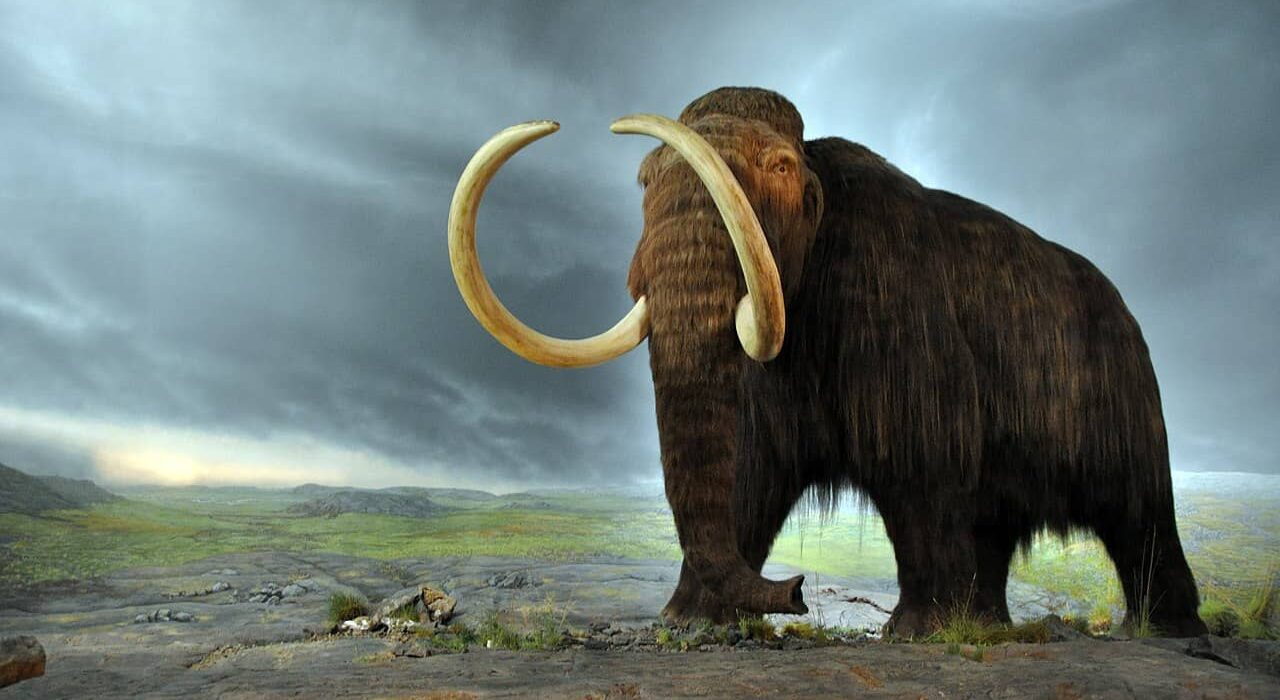The long-extinct woolly mammoth will be resurrected by 2027, according to Colossal, a biotech company working to reincarnate the ancient beast. The Dallas-based company received an additional $60 million in funding last year to carry out the mammoth gene-editing project it began in 2021. If successful, Colossal will not only attempt to resurrect an extinct species—what the business refers to as a cold-resistant elephant—but it will also attempt to combat climate change by reintroducing the woolly mammoth to its former habitat.
Reviving the animal could have a positive effect on the health of the global environment because, according to Colossal, the woolly mammoth’s extensive travel patterns actively contribute to maintaining the health of the Arctic. Given the global political climate today, Colossal may look into other options in place of its initial plan to return woolly mammoths to Siberia.
The Asian elephant and woolly mammoth share 99.6% of their DNA, which gives Colossal hope that it will succeed in its mission. Colossal researchers will use gene editing to produce a woolly mammoth embryo. In order to take advantage of its size and enable it to give birth to the new woolly mammoth, they will implant the embryo in an African elephant. The long-term objective is to eventually repopulate areas of the Arctic with the new woolly mammoth, strengthening native plant life with the beast’s migratory and eating habits.
“In the minds of many, this creature is gone forever,” the company says. “But not in the minds of our scientists, nor the labs of our company. We’re already in the process of the de-extinction of the Woolly Mammoth. Our teams have collected viable DNA samples and are editing the genes that will allow this wonderful megafauna to once again thunder through the Arctic.”





